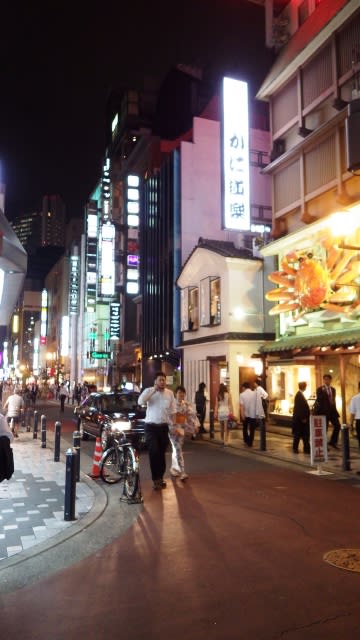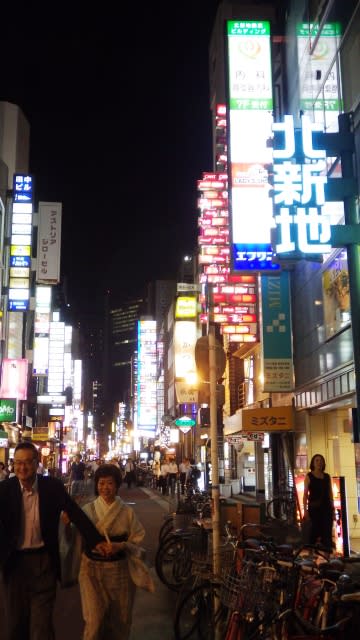原発・核使用に反対する姿勢は、私個人として50年来変えていませんが...
日本のエネルギー需要を考える時に原発不可避であるなら、
政府はこの福島第1と第2の差異をもっと検証すべきかと思います。
When we hear the words “Fukushima disaster,” most of us think of Fukushima Daiichi, the nuclear power plant wracked by three core meltdowns and three reactor building explosions following the March 2011 earthquake and tsunami in Japan. Without electricity to run the plant’s cooling systems, managers and workers couldn’t avert catastrophe: People around the world watched grainy footage of the explosions, gray plumes of smoke and steam blotting the skyline. Since the tsunami, Daiichi has been consumed by the challenge of containing and reducing the radioactive water and debris left behind.
Less well known is the crisis at Fukushima Daini, a sister plant about 10 kilometers to the south, which also suffered severe damage but escaped Daiichi’s fate. To shed light on how leadership shaped the outcome, we’ve reconstructed that story here—from several firsthand interviews; detailed reports by the Tokyo Electric Power Company (TEPCO), the utility that owns both plants; the Nuclear Energy Institute; and a number of public sources. In so volatile an environment, none of the usual rules for decision making and organizational behavior applied. But the site superintendent, Naohiro Masuda, and the rest of Daini’s 400 employees charted their way through the chaos, and the plant survived without a meltdown or an explosion.
At a magnitude of 9.0, the earthquake was the largest in Japan’s recorded history, and the waves it generated were three times as high as what Daini had been built to withstand. It was left with just one diesel generator and one power line intact. That single power line supplied electricity to the control rooms, where plant operators could monitor the water level, temperature, pressure, and other vital metrics for each reactor and containment vessel. But three of the four reactors lacked sufficient power to run a critical component of their cooling systems.

In two minutes, the tsunami overwhelms Daini.
Slide to see before and after.
To achieve cooldown and prevent the kind of devastation that was unfolding at Daiichi, Masuda and his team had to connect those reactors to Daini’s surviving power sources. But the team was still reeling from a natural disaster of almost supernatural dimensions. What had happened here? How could the workers move forward and take action when all their expectations had been so violently shattered? Hanging over these questions was an even scarier one: Was the worst really over? Natural disasters aren’t discrete events. The earthquake had been days in the making and would generate aftershocks for more than a year. The tsunami wasn’t a single dreadful wave but a series of them.

To assess the damage and begin the dangerous work of restoring power to the reactors, Masuda didn’t simply make decisions and issue orders. He knew he had to persuade people to act—against their survival instincts. His technical competence, knowledge of the plant, and diligence helped him earn their trust. But more important, Masuda acknowledged the evolving reality in which they were operating. He shared the burden of uncertainty and doubt, engaging in what the organizational theorist Karl Weick and others have described as the “sensemaking” process: He arrived at a common understanding with his team members by revising and communicating what they “knew” so that they could together adapt to each twist and turn.
As a result, workers at Daini didn’t lose focus or hope. While they acted, some things became more certain (“What’s broken in the plant, and how can we fix it?”); some became less so (“Am I in danger from radiation?”); and some remained as unpredictable as ever (“Will these aftershocks lead to more flooding?”). Until the last reactor went into cold shutdown, Masuda and his team took nothing for granted. With each problem they encountered, they recalibrated, iteratively creating continuity and restoring order. As we describe below, they acted their way into a better understanding of the challenges they faced.
A Closer Look at Sensemaking
Sensemaking is adaptive behavior in which understanding and experience shape each other. We humans are attached to our expectations—we cling to the familiar. But a crisis disrupts the familiar. When past experience doesn’t explain the current condition, we must revise our interpretation of events and our response to them. Bit by bit, we clarify an uncertain reality through action and subsequent reflection. Weick called this phenomenon “enactment.”
Enactment isn’t a linear process, however. In a crisis, people often need to venture down some wrong paths before finding their way. But the more publicly a leader commits to those paths, the more difficult it will be to seek out a new, better understanding. How to engage in sensemaking without becoming trapped by a flawed interpretation of events has been the subject of much research (such as Weick’s analysis of the famous 1949 Mann Gulch wildfire in Montana). Masuda navigated that fine line as he pursued cold shutdown for the plant’s four reactors.







































